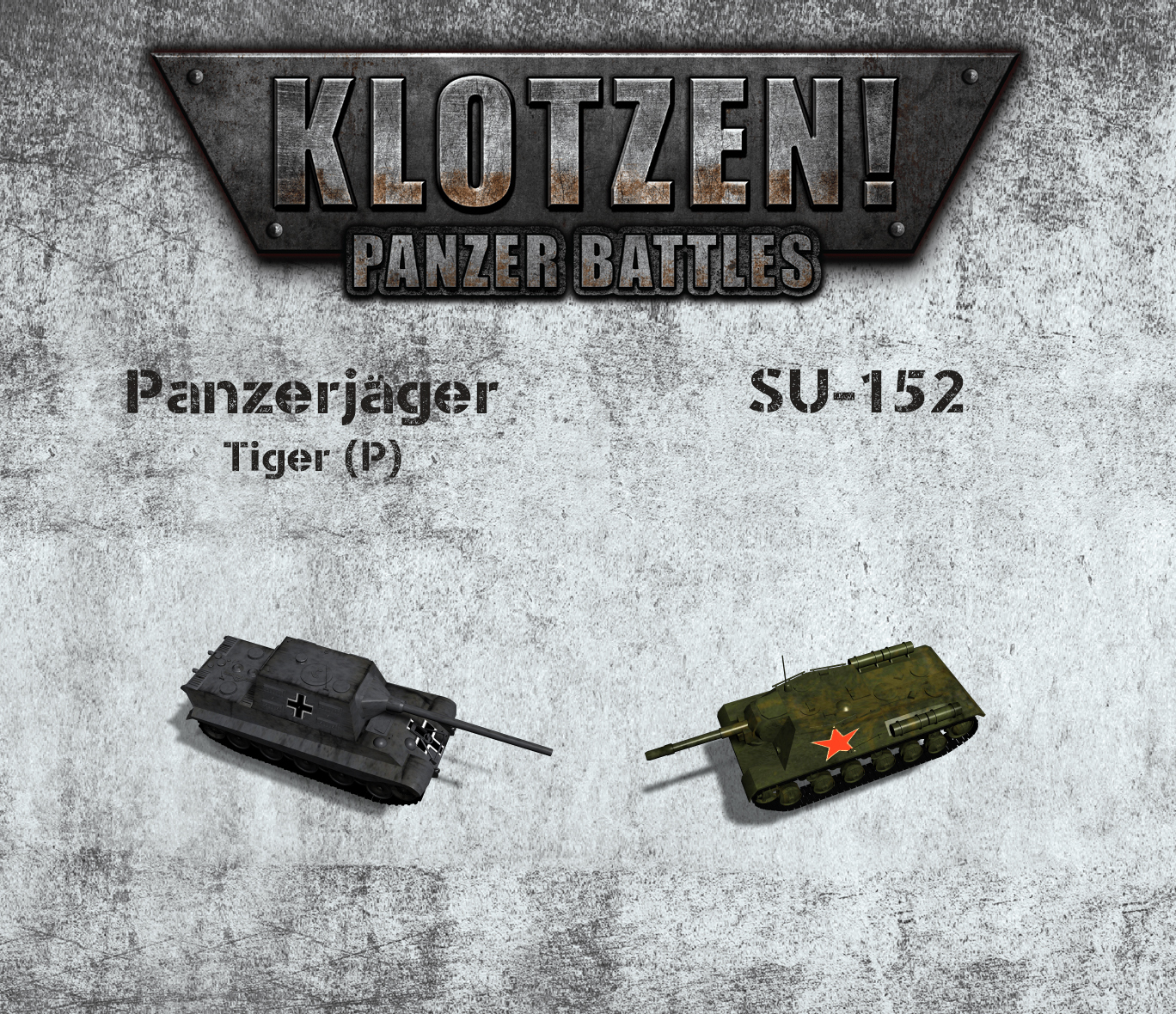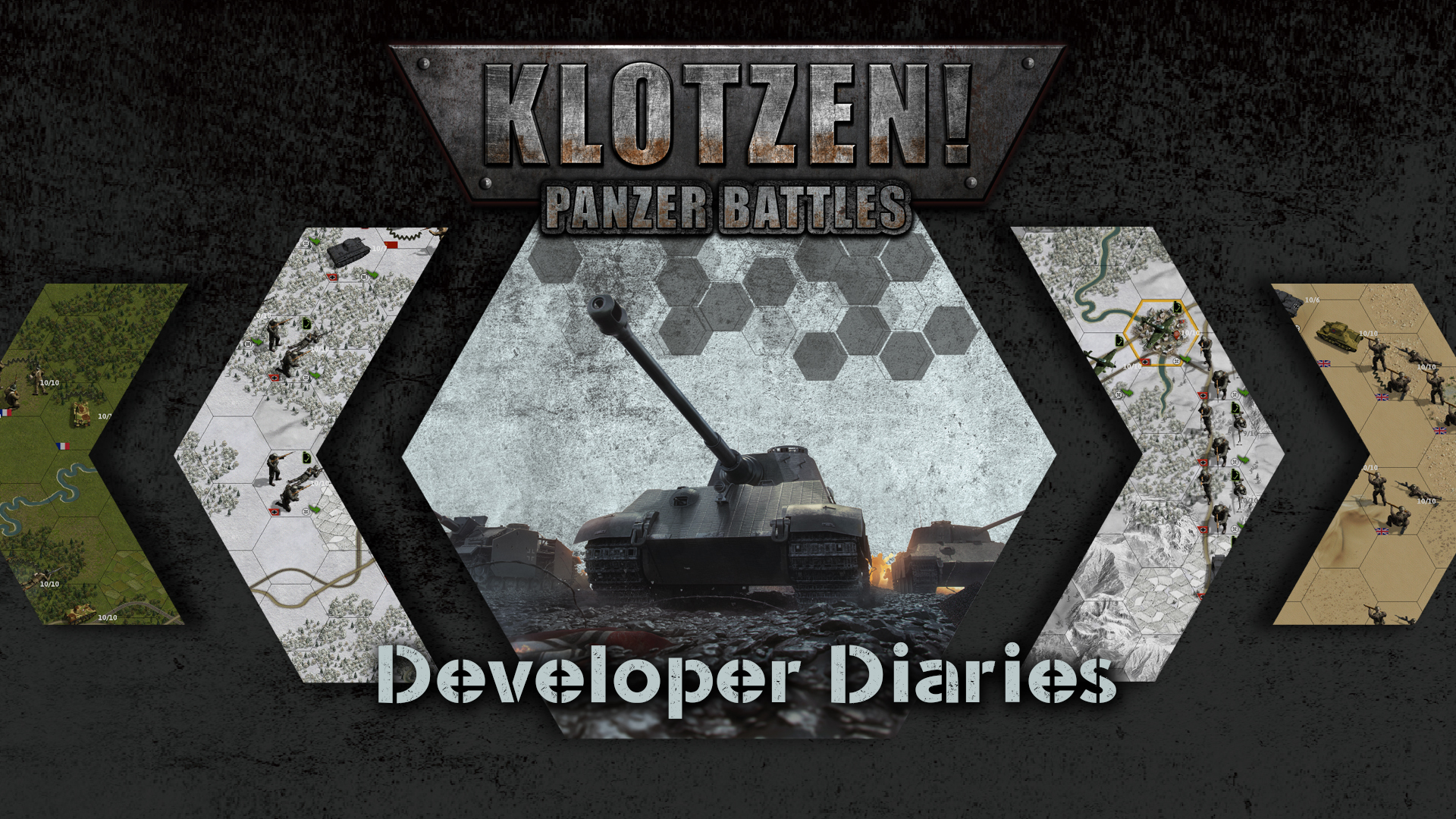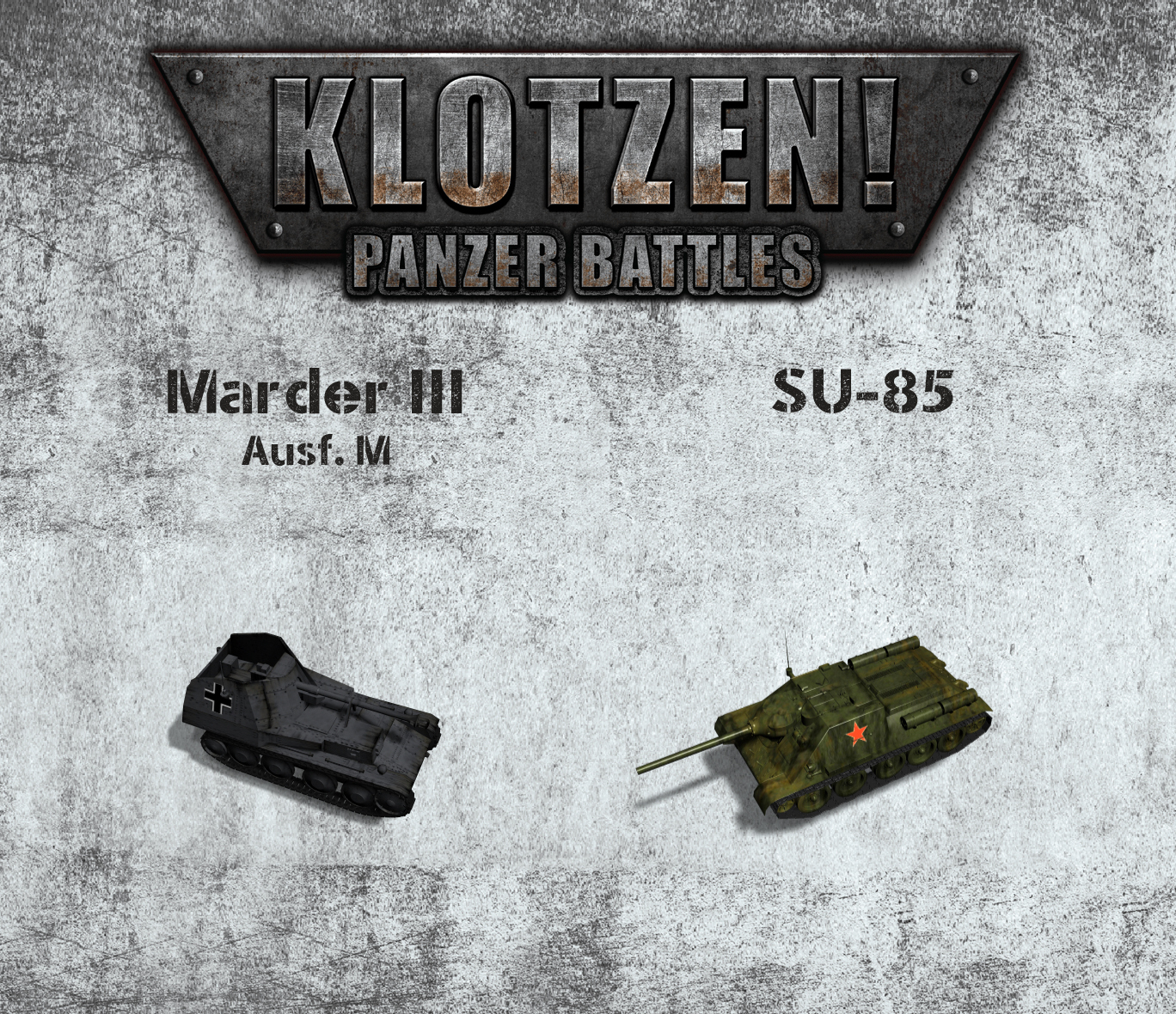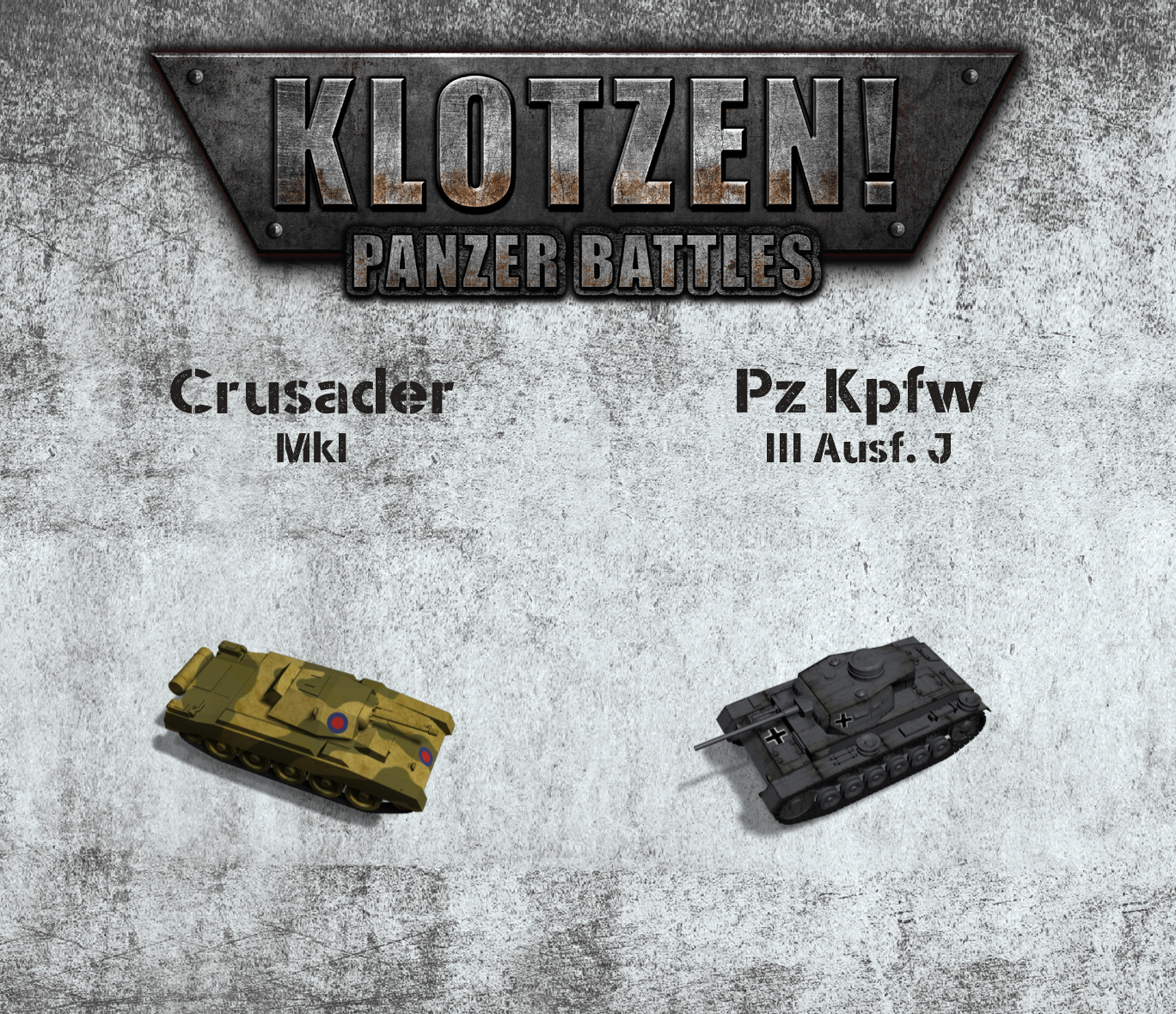
Sep 28, 2018
Klotzen! Panzer Battles - Skalpei

A new pair of tank destroyers is here. Today we compare Panzerjäger Tiger (P) and SU-152. Find the description of each vehicle below.
If you want to see a GIF with these tank hunters, check our Twitter post at https://twitter.com/IndieMaximGames/status/1045690877295951873
Panzerjäger Tiger (P)
Jagdtiger or "Hunting Tiger" is the common name of a German turretless heavy tank destroyer. Jagdtiger was the heaviest armored fighting vehicles used operationally during World War II. It carried a 128 mm PaK 44 L/55 main gun, capable of out-ranging and defeating any Allied tank. The gun used two-part ammunition, which meant that the projectile and the cased propellant charge were loaded separately. Two loaders were tasked with the work. The destroyer used a boxy superstructure, with its sides integral with the hull sides, on top of a lengthened Tiger II chassis.
The resulting vehicle featured a very heavy armor with 250 mm armor on the front of the casemate and 150 mm on the glacis plate. The main gun mount had a limited traverse of only 10 degrees which meant that the entire vehicle had to be turned to aim outside that narrow field of fire. Jagdtiger suffered from a variety of mechanical and technical problems due to its immense weight and underpowered engine. The vehicle had frequent breakdowns and about 20% were lost in combat; most were destroyed by their own crews when abandoned, mainly due to mechanical breakdowns or a lack of fuel in the final stages of the war. The destroyer saw service in small numbers from late 1944 to the end of the war on both the Western and Eastern Front, with only between 70 and 88 vehicles produced.
SU-152
SU-152 is a Soviet heavy tank hunter that mounted a 152 mm gun-howitzer on the chassis of a KV-1S heavy tank. Although its original role was to fight against infantry and destroy fortifications, it proved to be a cheap, widely-produced, and effective heavy-tank killer. It was capable of knocking out the heaviest German armored vehicles, like Tiger and Panther tanks and Elefant tank destroyers.
The disadvantages of the vehicle included a low rate of fire due to the heavy ammunition, low ammunition storage, and a cramped crew compartment. The 65 mm of sloped frontal armor still left it vulnerable frontally to the Tiger tanks and Elefant tank destroyers at long range and the Panzer IV tanks and StuG III/IV tank hunters at medium and short ranges. The 152 mm gun, while having a maximum range far superior to the 88 mm, had a much shorter accurate range than either the 88 mm or the 7.5 cm gun and was still vulnerable to return fire at the same distance. This made it most effective for use in ambushes, where the German heavy tanks' advantages could be nullified, and the SU-152's one-shot kill potential could be best utilized.
From the second half of 1943 to the end of World War II, SU-152s were used on all Soviet fronts. Eventually, the design was replaced by the more reliable and better-armored ISU-152.
Edited on 08.10.2018 - fixed the description of Panzerjäger Tiger (P)










